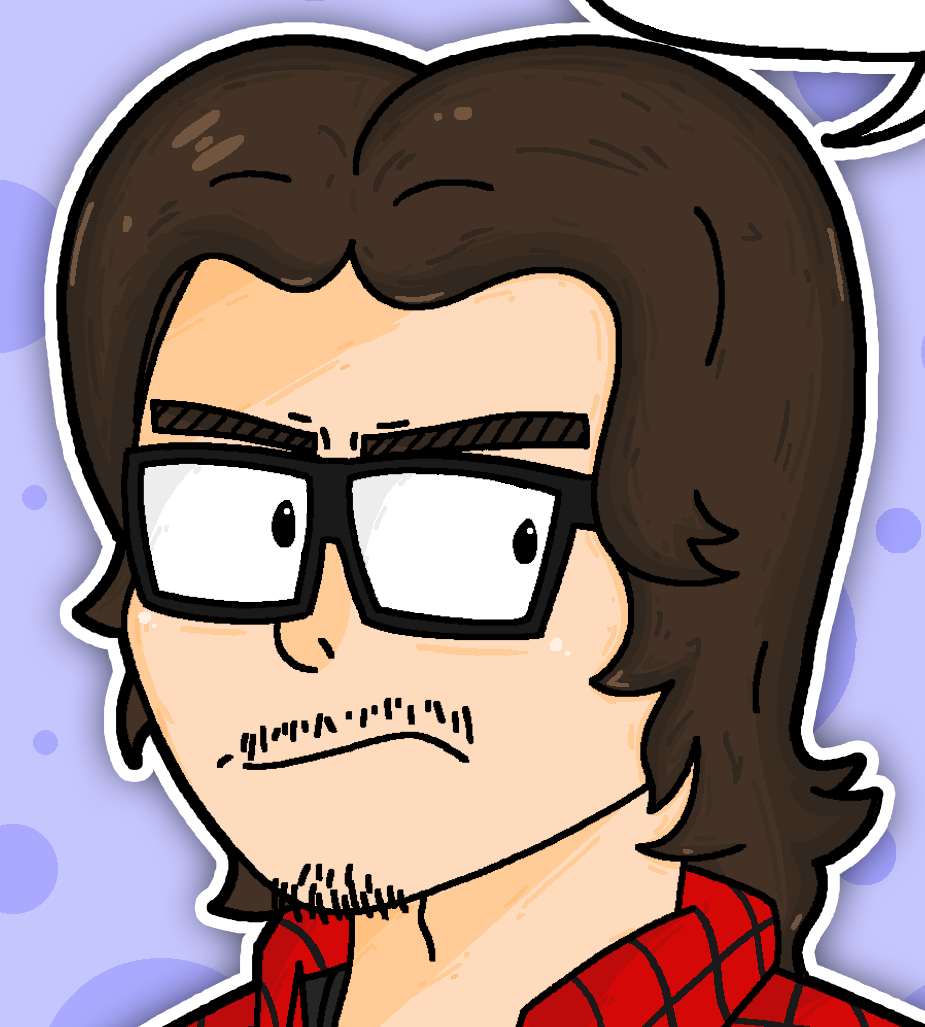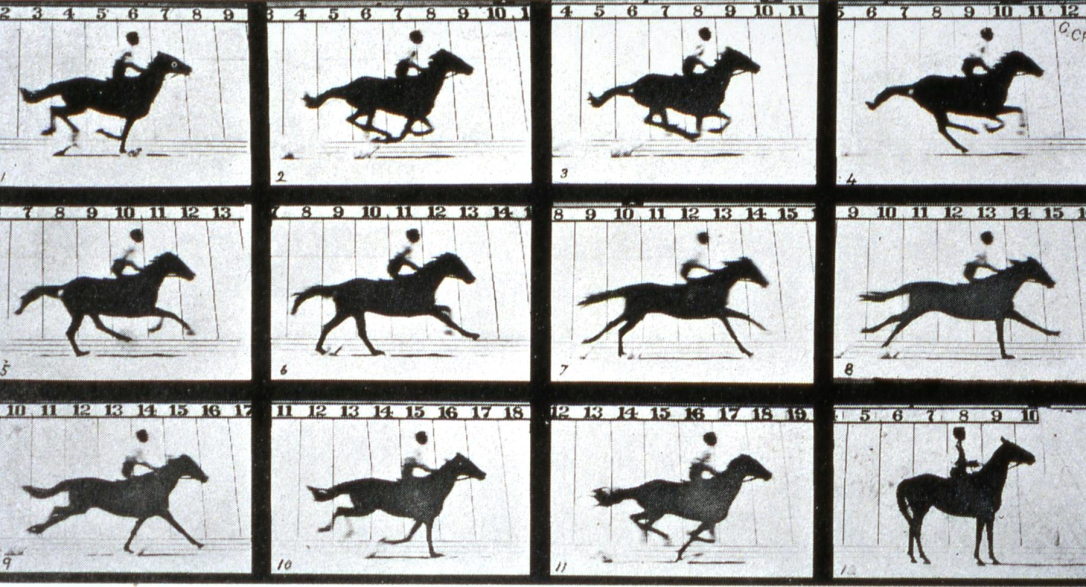Muybridge
Title
The name of the project is going to be Muybridge. The reasoning for this name is to relate to the whole idea of the concept, as this will include the man himself.
Genre
Animation. I feel like creating an animation will attract more viewers as having it as an advertisement, for example, might bore the viewers. Having it as an animation could interest the viewers seeing as it’s a very short film and people generally like films.
Duration
The animation will last 30 seconds. The reason being is that I want to inform people of Muybridge’s invention to educate them a little. As a result, I don’t want it to last so long to a point where they get bored.
Target audience
This animation will be viewable for all ages. I don’t want to restrict any viewers. And this animation won’t be violent so there is no reason to give it a higher age rating.
Concept
The people of Kingston are in a museum, bored while watching a history clip on a projector. Just as they can’t stay awake for long enough, The man himself, Eadweard Muybridge, appears from out of the screen. Everyone is surprised by his arrival, but immediately, he introduces his creation to the audience and reveals, in a flashy manner, the moving horse. Everyone is in awe. Muybridge then leaves, leaving the audience in awe.
Characters
The main character in this animation will be Eadweard Muybridge. This is because of the fact that he is going to wow the audience. The audience are the background characters, as they don’t have the kind of recognition as Muybridge.
Visuals
The lighting will be dark with subtle light from the short clip they are watching, to show their boredom. It will be brighter later on as Muybridge comes along. There might not be as much camera movement as I feel it’s not as necessary. There also won’t be as many props. Maybe a row of chairs but that’s probably it. The audience in the animation will be wearing modern, normal clothing were as Muybridge will be wearing old-fashioned clothing.
Audio
The soundtrack will be a very soft and quiet tune, maybe with subtle violin tunes. As Muybridge appears, the music has a small flute melody, and then has a slightly louder tune. As for sounds, I will not include that many. Small sound effects possibly, but nothing else. Also there won’t be any dialogue.
Rationale
I decided to go with this idea because I felt like people needed to know a little more about Muybridge, for he uncovered the meaning of animation. Showcasing the moving horse will also show the audience an example of his first frame-by-frame animation. I have done a little bit of 2D animation in the past so I have some experience. But in order to make it look good, I will have to learn how to animate better as I don’t have a huge amount of experience..
Primary and secondary research
For my secondary research, I have looked at other 2d animated films like Disney films and even some non-aired 2d animations like Eddsworld. With this in mind, I saw how their style of animation came to be. I also looked at different art styles I could use for the animation too. I eventually decided on a pretty simplistic style so it could stay simple and was faster and easier to make. This style also gave it a more family-friendly look. I also had to learn a little more about Eadweard Muybridge and how he came to creating the moving horse. Also, I needed his appearance as I was to include him in my animation.
For my primary research, I conducted a survey about animation to gather different people’s opinions. Here are the results.
- The most popular genre seems to be adventure.
- 2D animation was preferred over 3D.
- Most people watch animated movies once a month.
- People like animations that are 5-10 minutes long and 30- 1 hour long.
- People like animations that are about humans and fun.
Resources
Things I am most likely going to need…
- Adobe after effects
- A4 paper
- Pencil
- Rubber
- Adobe Photoshop
Constraints and contingency
Problems I might bump into are things like the programme not working. I am decently new to after effects so in order for everything to work properly I will have to learn how to fully use it. Another thing is after production, once it has been fully animated, if there are any changes I want or need to make, it’ll be more difficult as there is more detail in the animation.
Legal and ethnical considerations
I have no intentions of offending anyone in this animation, and if I accidently do, I will make sure steps are taken to prevent this in future for it would have not been my intention.
Budget
The budget will go towards buying the applications and animating it. It will take around £1000 for animating one second. Around £30,000 will be spent on the animation process. £19.99 for After Effects and Photoshop. So the total budget will be around £30,019.99.


